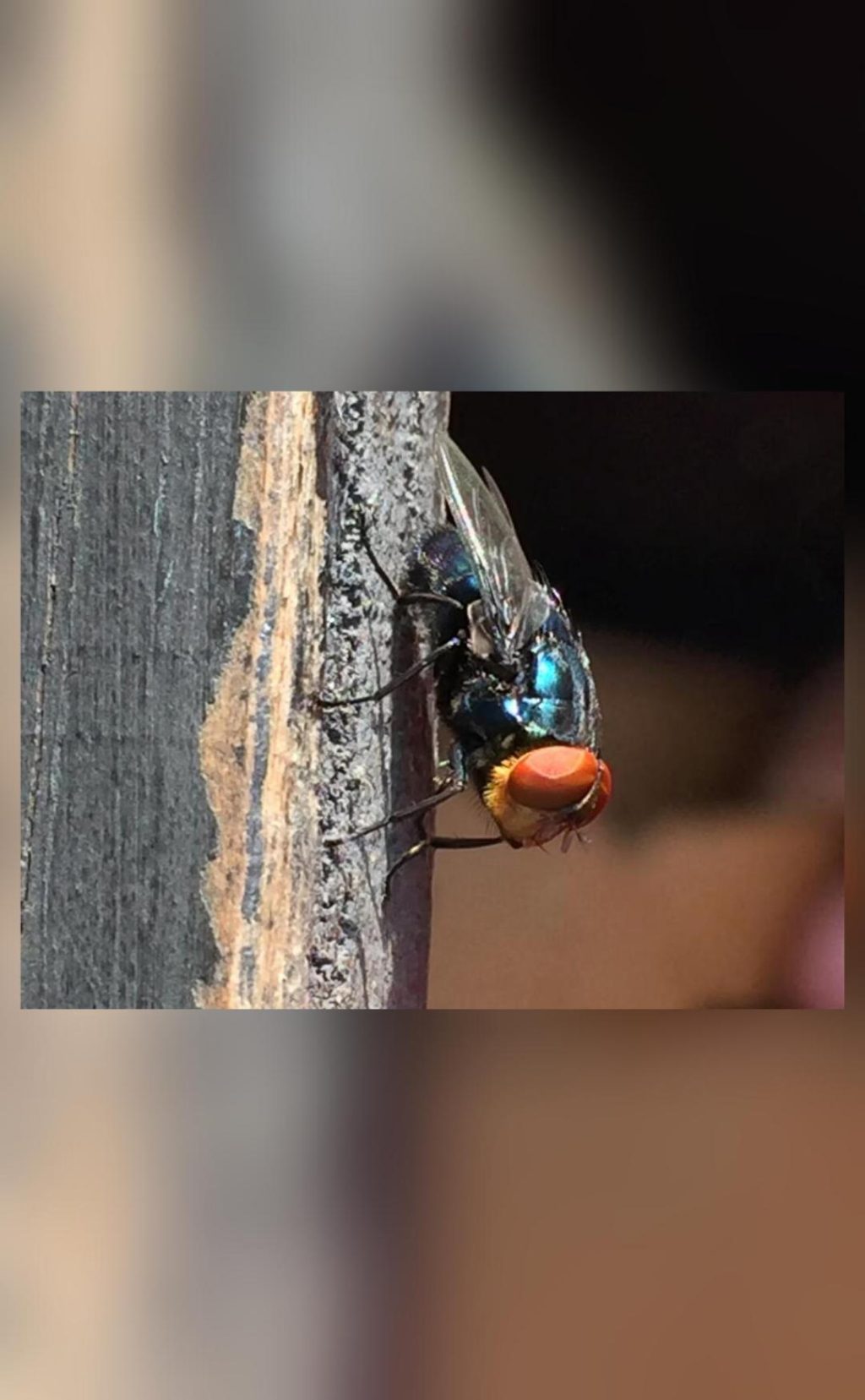
Why is the US planning to breed screwworm flies and dump them from planes over Mexico?
In a rather unconventional move, the United States government is preparing to take drastic measures to protect its beef industry from the flesh-eating larvae of the New World screwworm fly. According to a recent report, the US government plans to breed billions of male flies and dump them from planes over Mexico and southern Texas. But what’s the logic behind this unorthodox plan, and how will it work?
The New World screwworm fly, also known as Chrysops nigrapes, is a parasitic insect that can cause serious damage to livestock, particularly cattle. The larvae of the fly feed on the flesh of living animals, causing wounds and tissue damage that can lead to serious health issues and even death. The fly is native to Central and South America, but it was eradicated from the United States in the 1960s through a concerted effort by the US Department of Agriculture (USDA).
However, in recent years, the fly has made a comeback, with reports of infestations in southern Texas and other parts of the US-Mexico border region. The USDA has been working to contain the spread of the fly, but the task has proven to be challenging due to the fly’s ability to adapt and evolve.
Enter the US government’s latest plan to combat the screwworm fly: breeding billions of male flies and releasing them over Mexico and southern Texas. But here’s the twist – these male flies will be sterilized with radiation, rendering them unable to reproduce with female flies. This, in theory, will cause the population of screwworm flies to die out over time.
So, how will this plan work? According to a report by the USDA, the breeding and sterilization process will involve several steps:
- Breeding: The USDA will breed millions of male screwworm flies in specially designed facilities.
- Sterilization: The male flies will be sterilized using radiation, rendering them unable to reproduce.
- Release: The sterilized male flies will be released from planes over Mexico and southern Texas.
- Mating: The released male flies will mate with female screwworm flies, which will then lay eggs but will not be able to reproduce themselves due to the lack of viable sperm.
- Population decline: As the population of female screwworm flies dwindles, the overall population of the fly will begin to decline.
The plan is ambitious, to say the least. The USDA has already begun breeding the male flies and plans to release them in the coming weeks. The agency is working with the Mexican government to coordinate the release of the flies and ensure that the plan is effective.
The decision to breed and release sterilized male screwworm flies has raised some eyebrows among scientists and environmentalists. Some have expressed concerns about the potential risks of the plan, including the possibility of the flies adapting to the radiation and becoming resistant to it. Others have questioned the ethics of releasing genetically modified insects into the environment.
Despite these concerns, the USDA remains confident that the plan will be effective in eradicating the screwworm fly from the region. The agency has a track record of success in eradicating pests and diseases, and it believes that this plan will be no exception.
In conclusion, the US government’s plan to breed and release sterilized male screwworm flies is a bold and unconventional move to combat the flesh-eating larvae of the New World screwworm fly. While some may question the ethics and effectiveness of the plan, the USDA remains committed to protecting the US beef industry and ensuring the health and safety of livestock.






